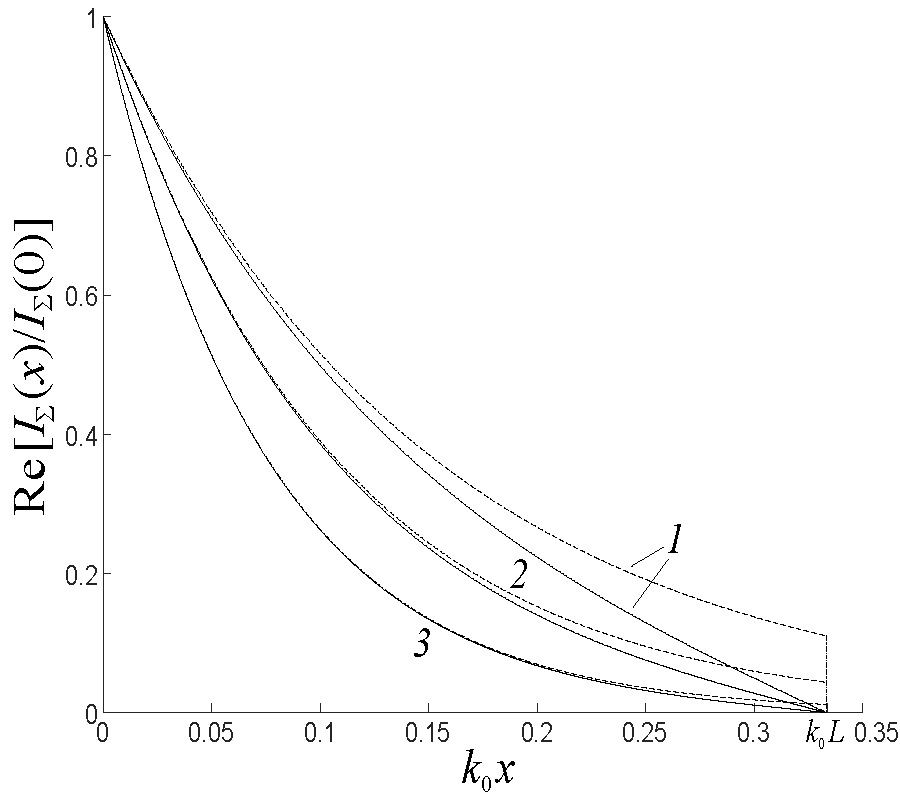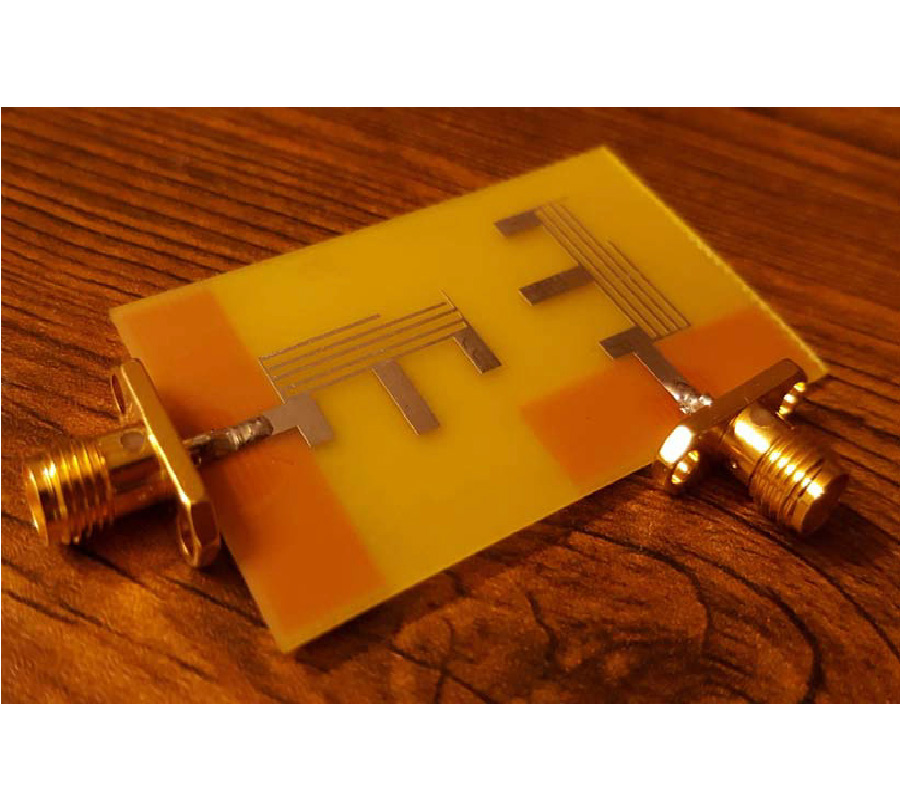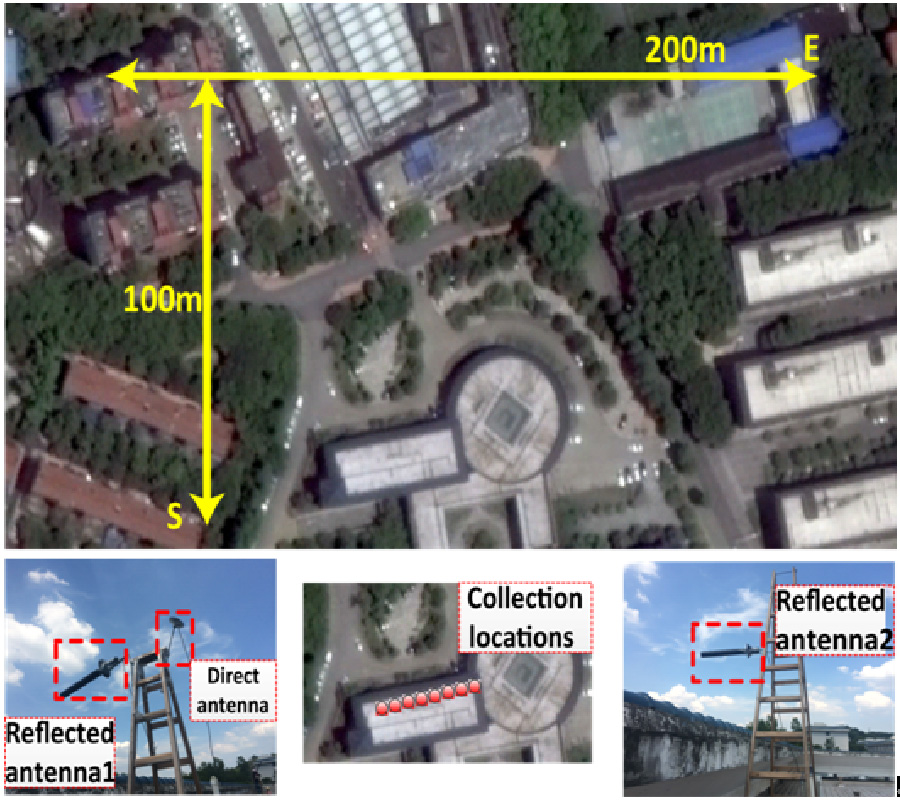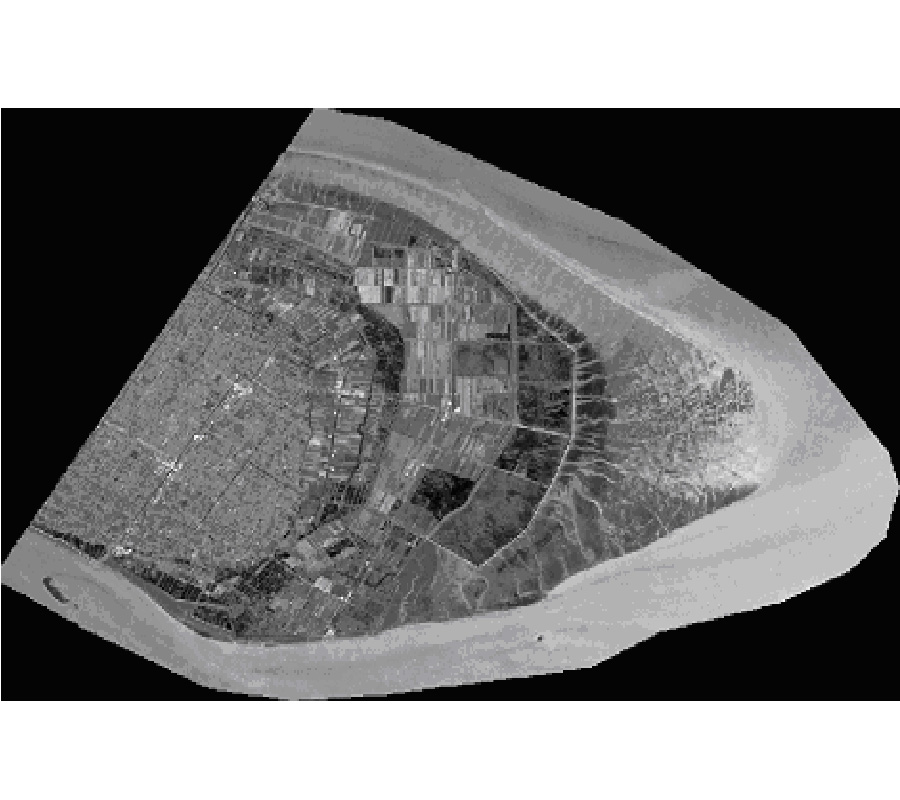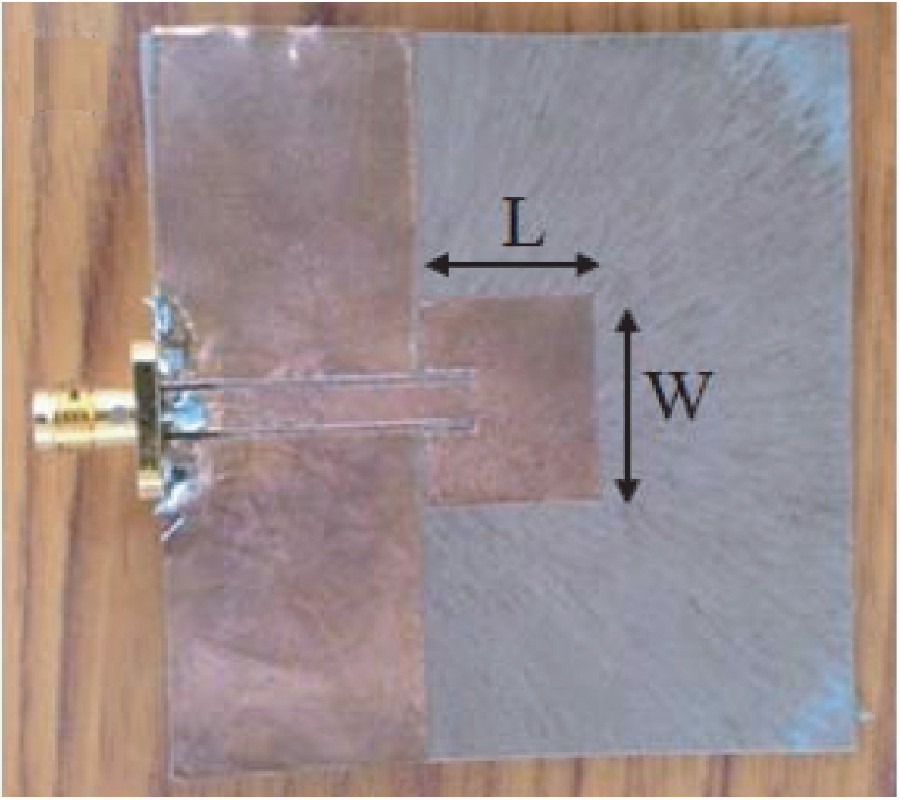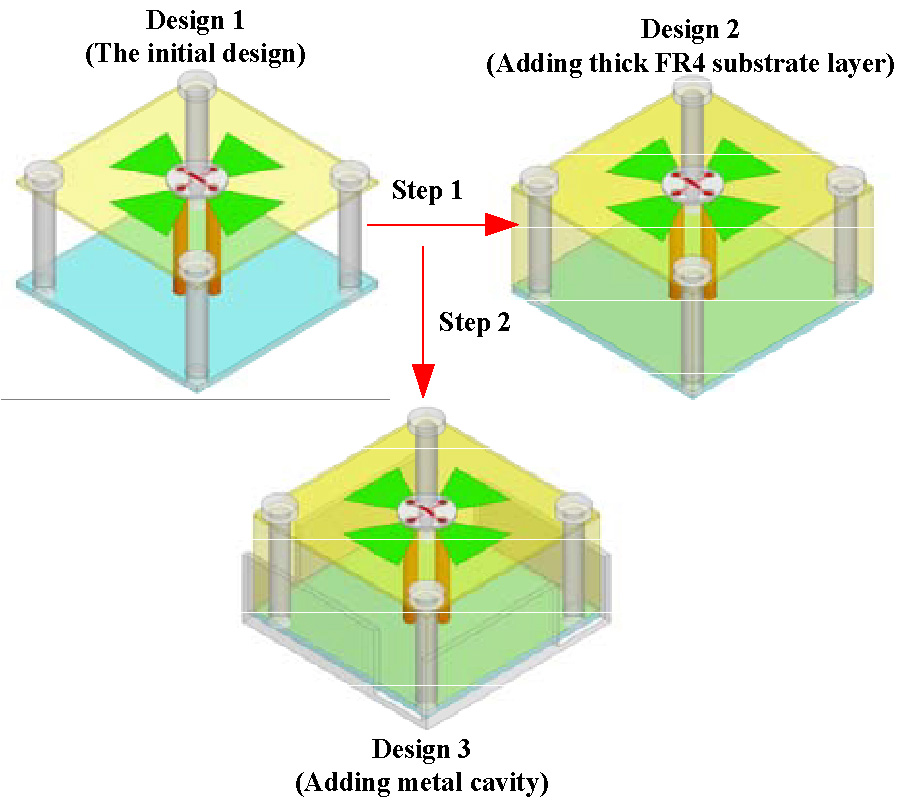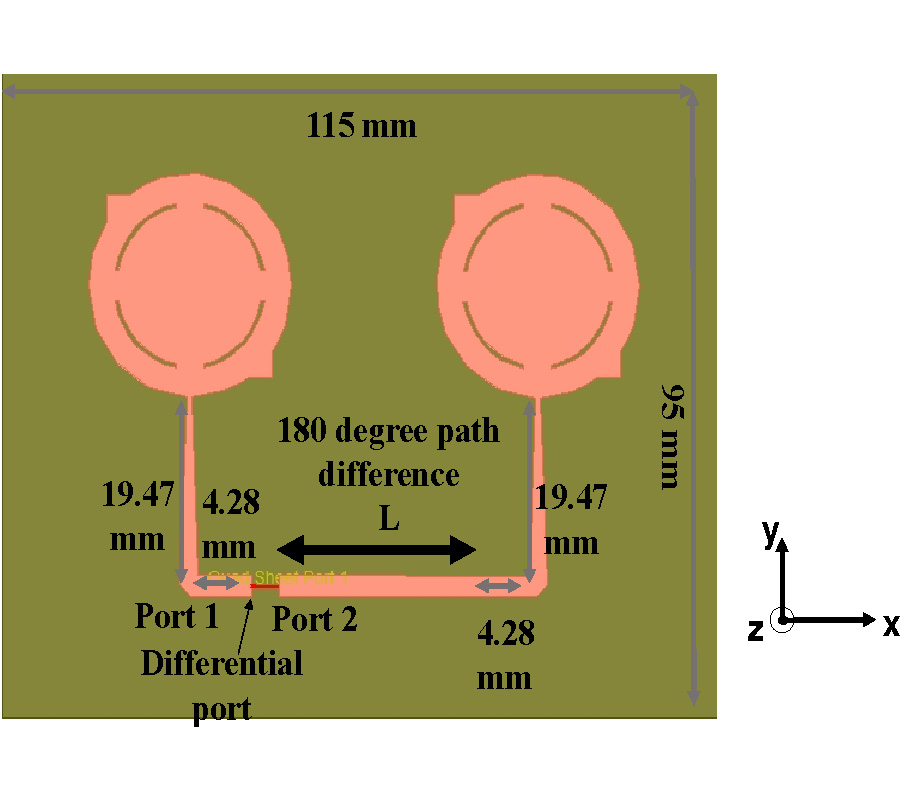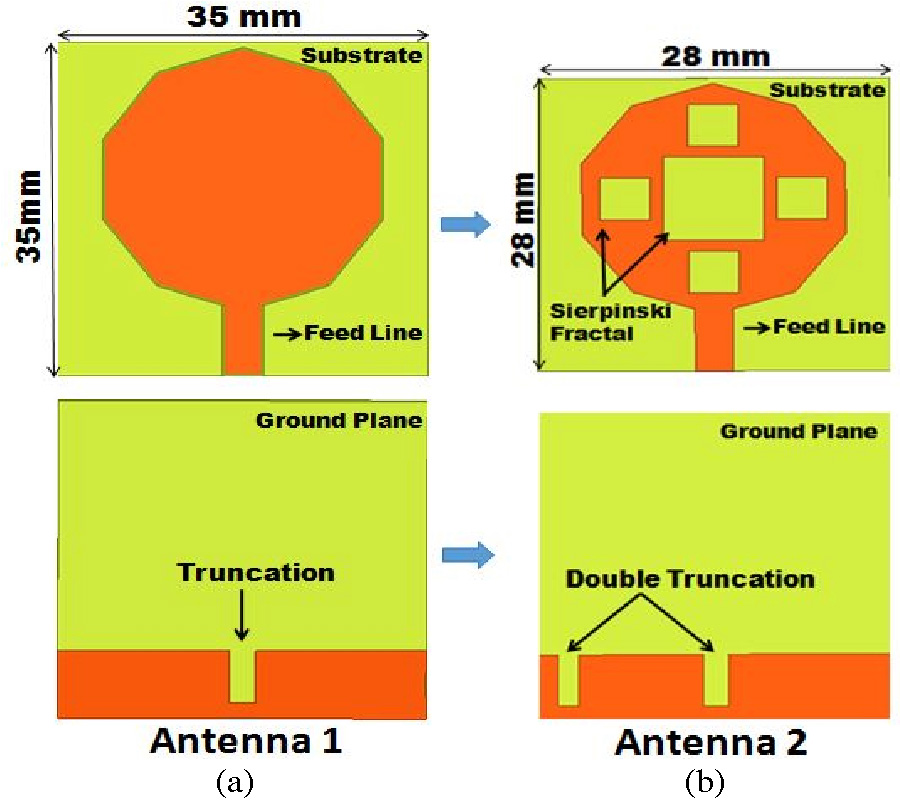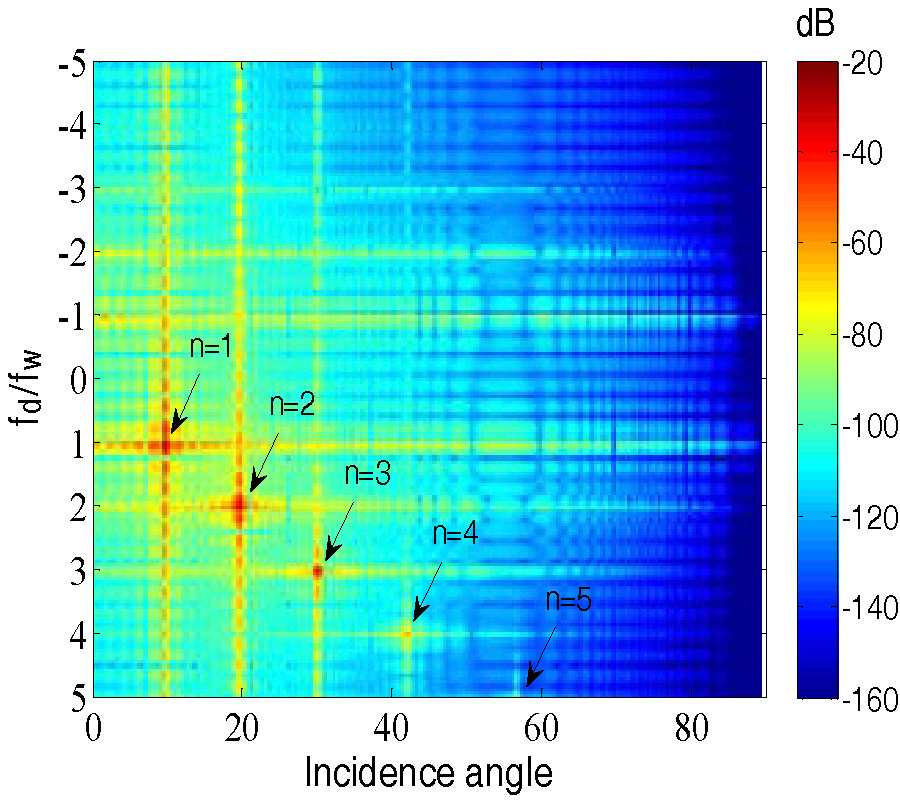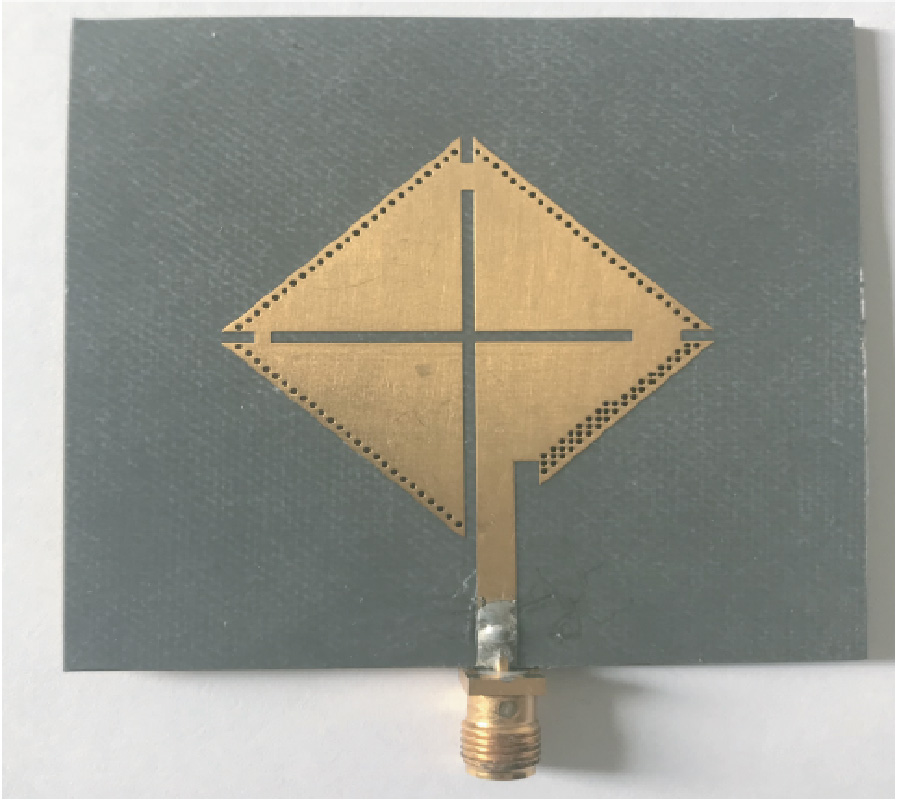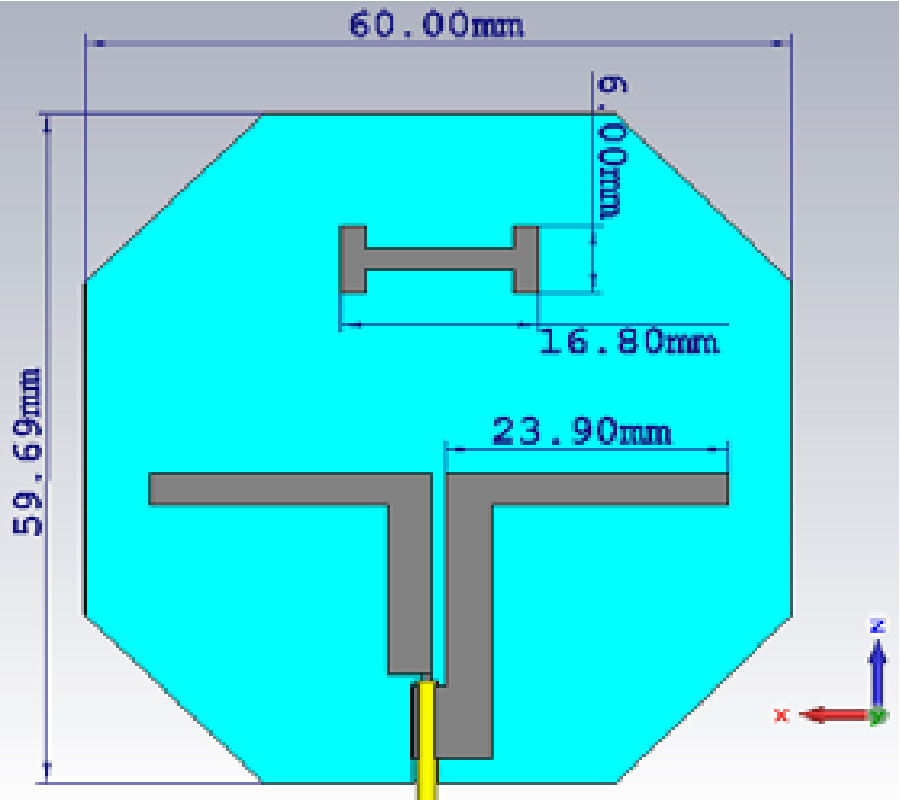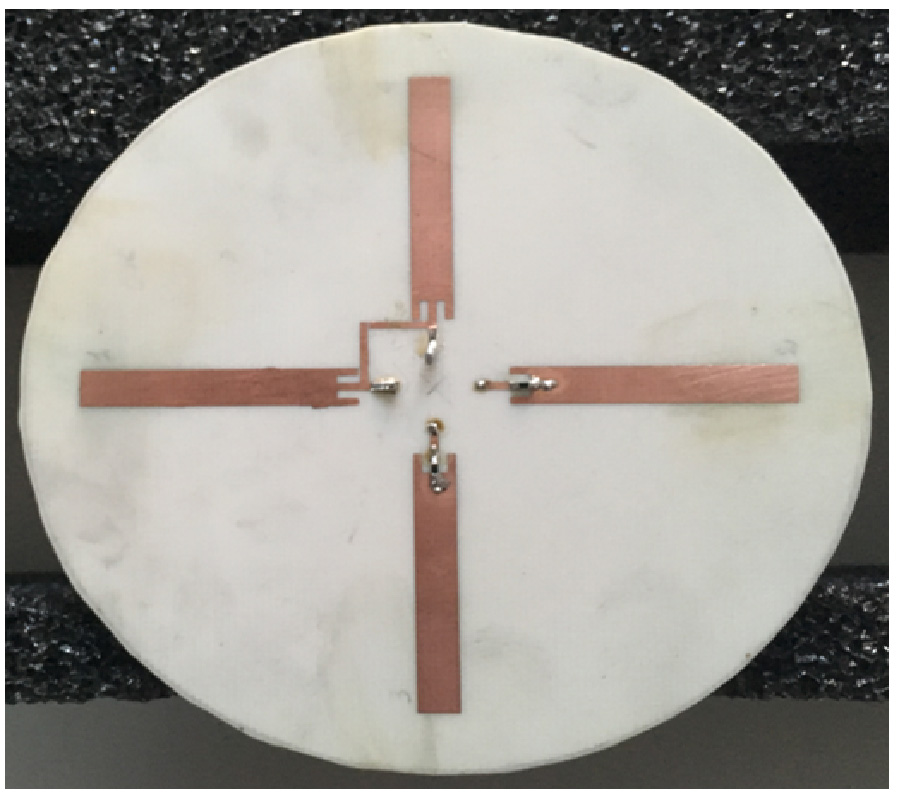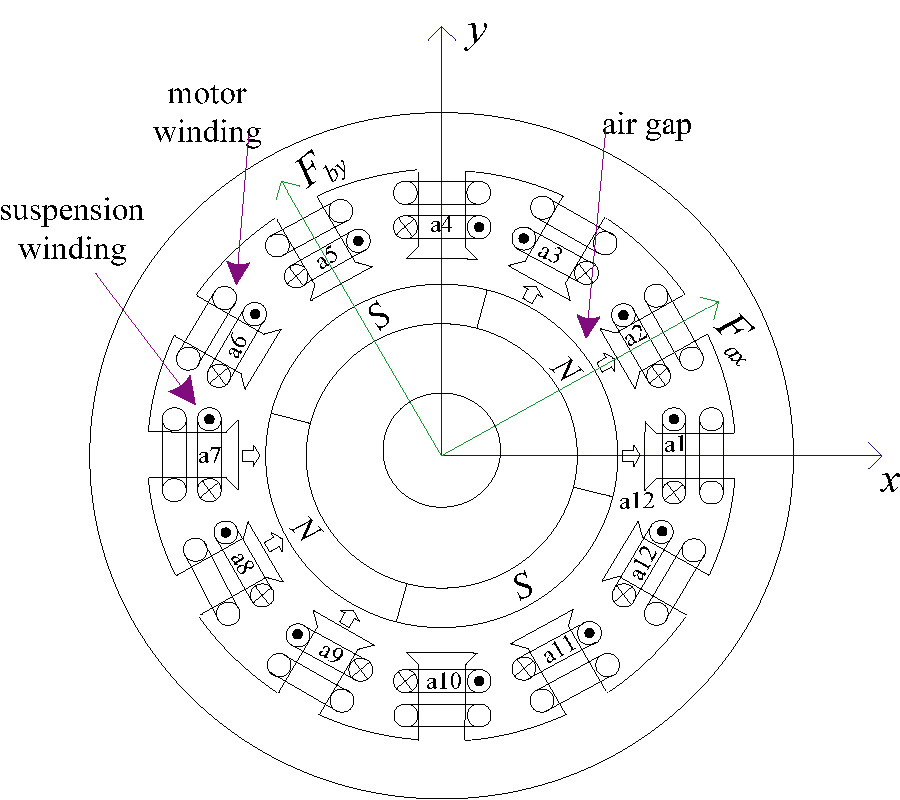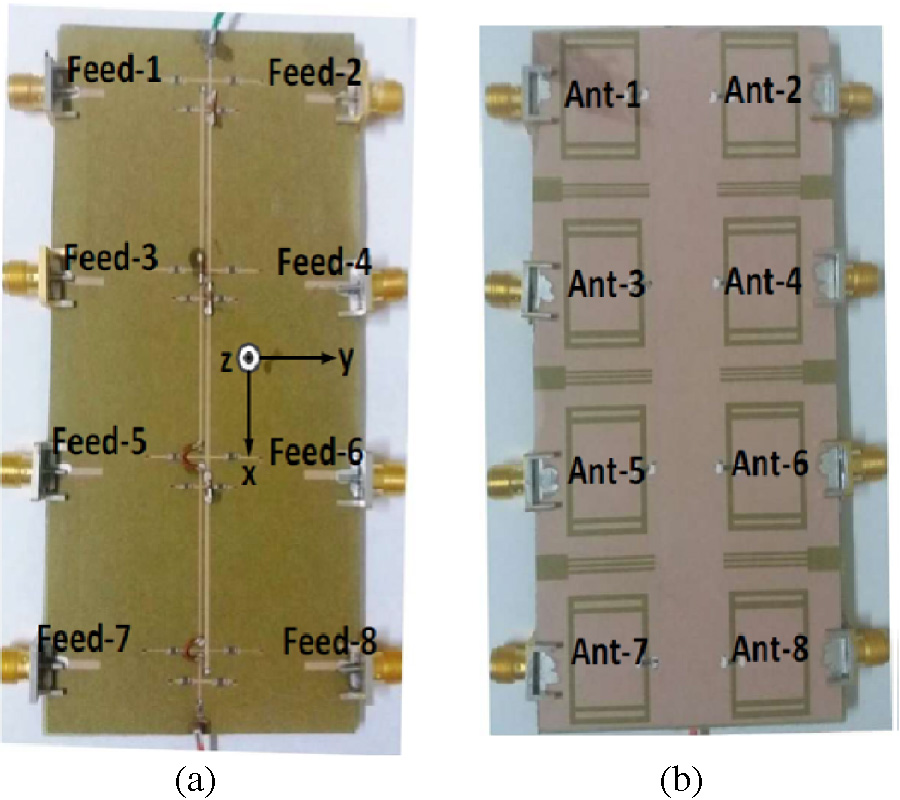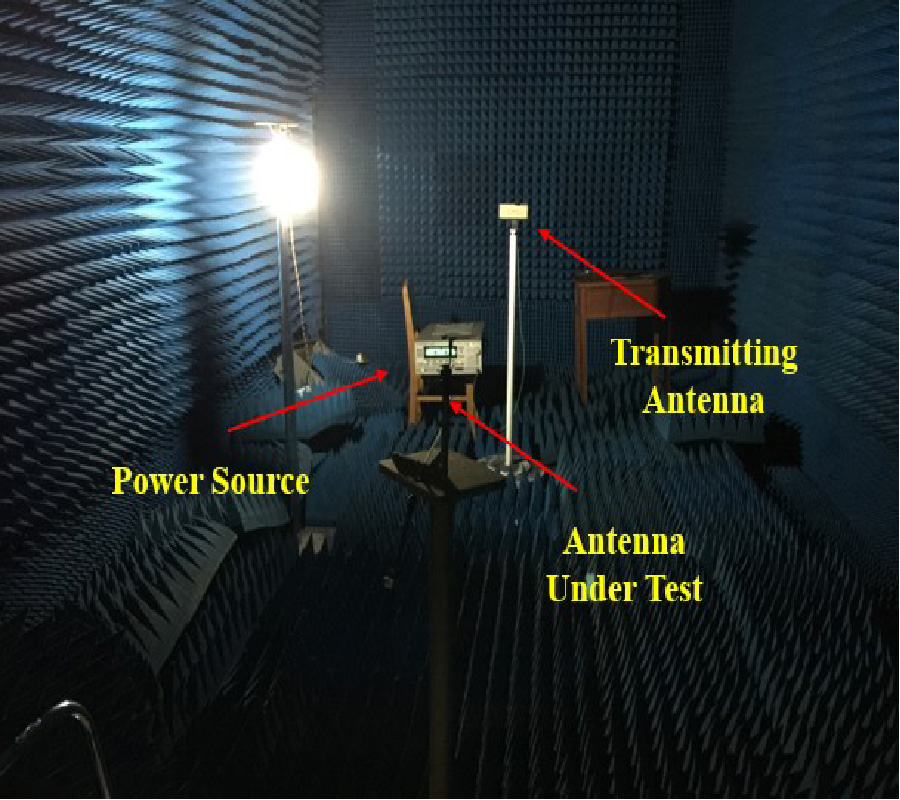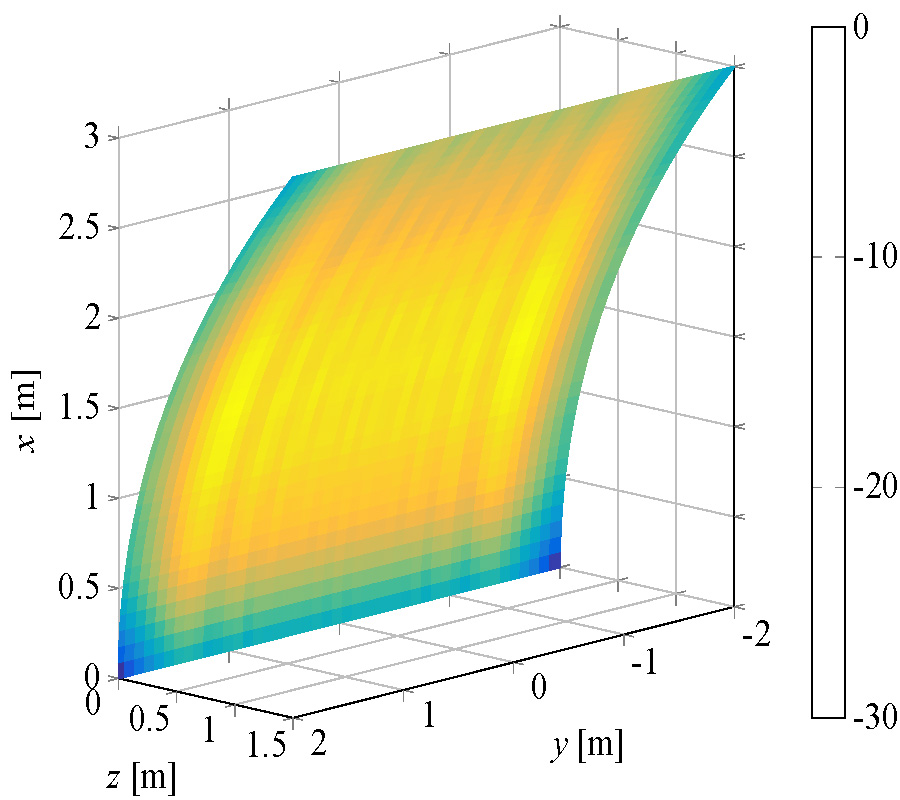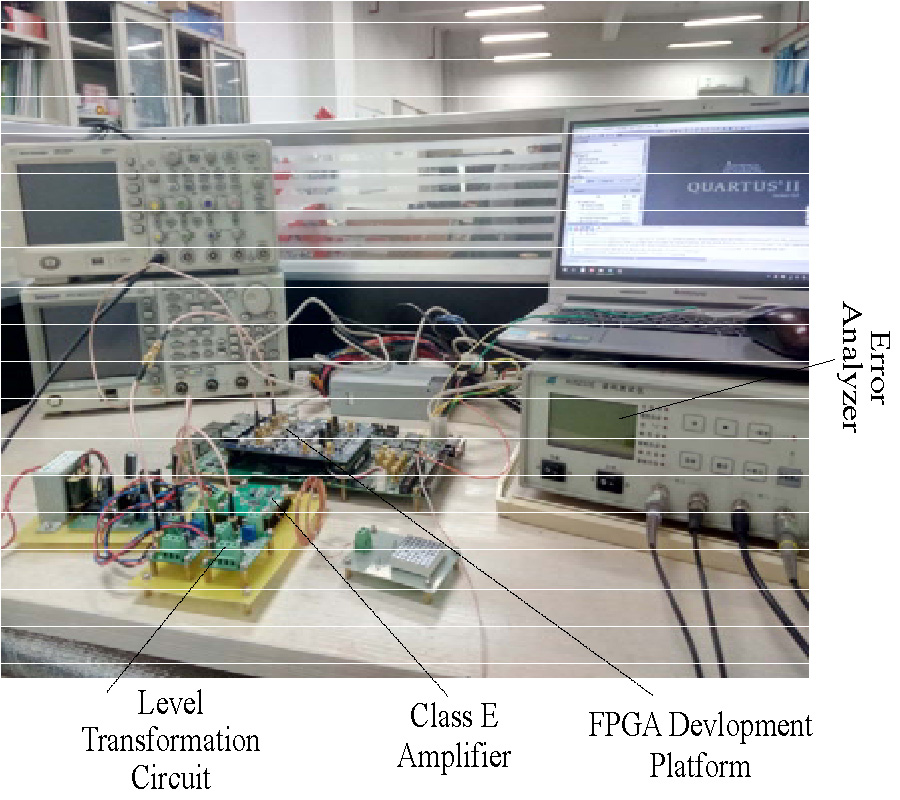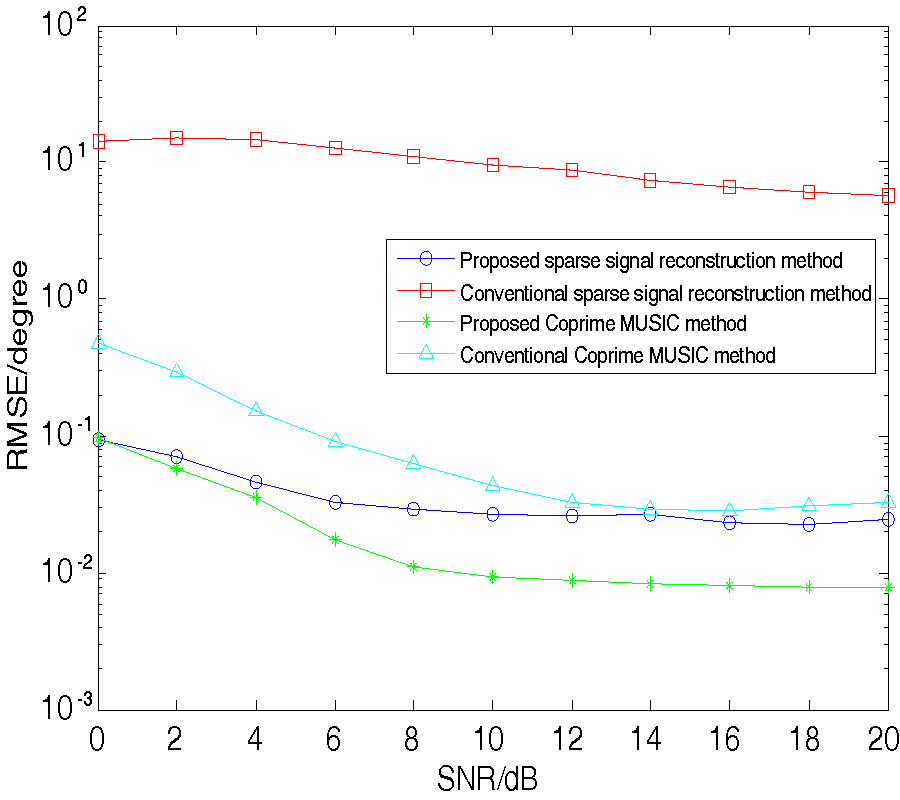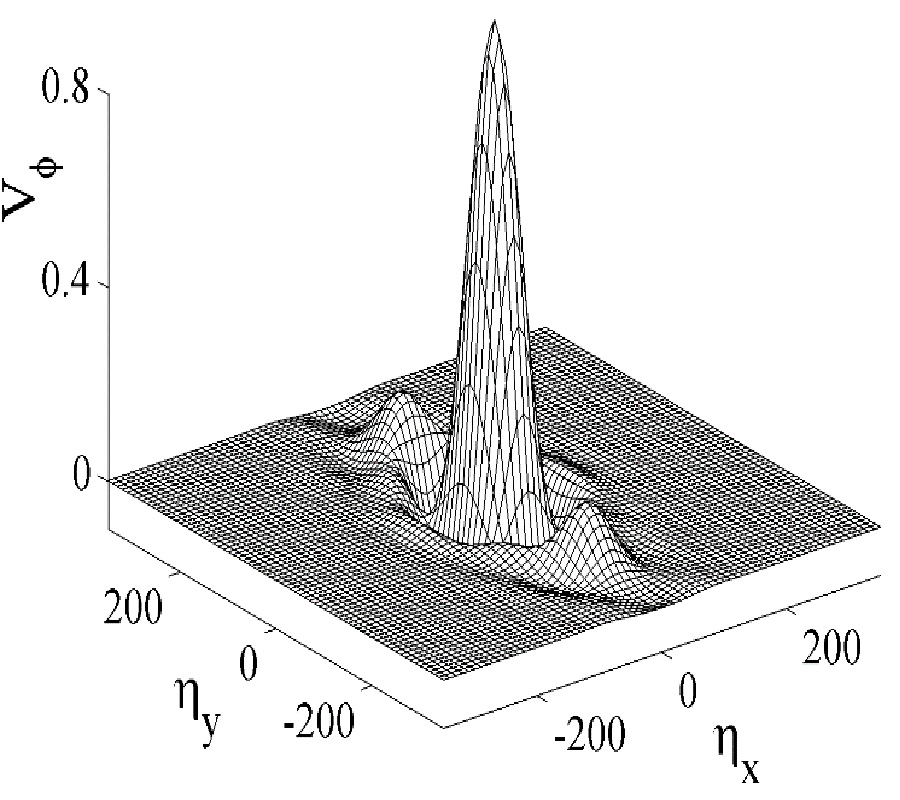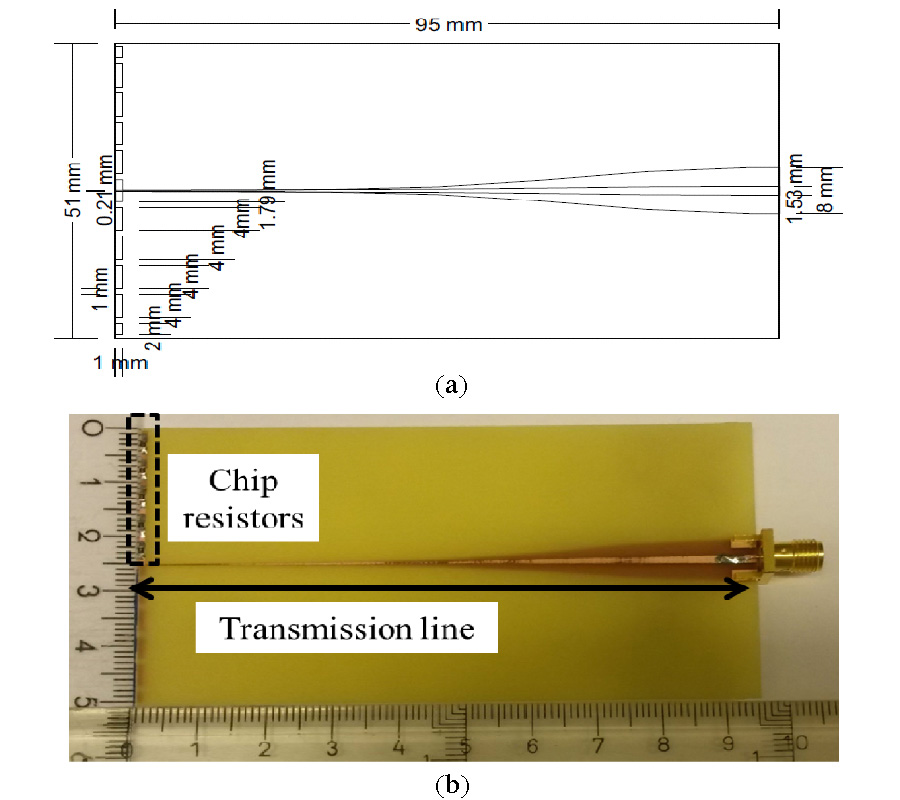Design and Fabrication of Antennas Using 3D Printing
Jason Bjorgaard,
Michael Hoyack,
Eric Huber,
Milad Mirzaee,
Yi-Hsiang Chang and
Sima Noghanian
Due to a recent growth in three-dimension (3D) printing technology, engineers can fabricate affordable and versatile antennas; however, lossy conductive materials, inadequate antenna terminations, and simplistic designs which do not adequately utilize the available volume continue to limit the capabilities of 3D printed antennas. In this work, the dielectric constants of three polylactic acid (PLA) materials, dielectric PLA, magnetic PLA and conductive PLA, were measured using the coaxial transmission line method, and the results were compared with measurements using the commercially available coaxial probe method. Based on published dielectric constants for solid non-printed PLA, a variety of antenna designs were simulated and fabricated. Each of these antenna designs addressed a certain shortcoming faced by 3D printed antennas. The antennas were designed with a target resonant frequency of 2.45 GHz, an impedance bandwidth of at least 500 MHz, and a gain greater than 1.5 dBi. The three antennas presented here are a fractal bow-tie antenna (FBTA), a spiral antenna, and a Yagi-Uda antenna.
